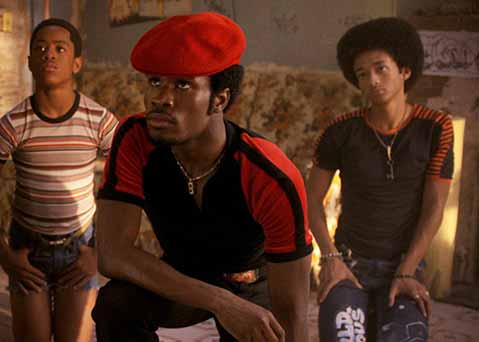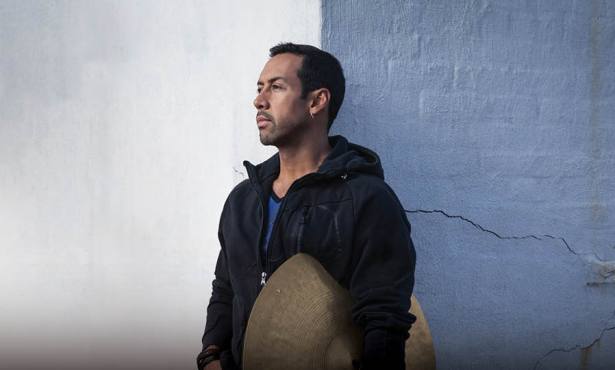‘The Get Down’ Explores the Rise of Hip-Hop
Baz Luhrmann Brings His Vision to the Small Screen

Suddenly, New York in the 1970s — as explosive musical, sartorial, and pop-cultural landscape — is beaming and booming into America’s living room, in a vivid, less censored kind of way. Early this year, Martin Scorsese ushered in the wave with his pilot for the dark vision of music business excess, Vinyl, and as of last weekend, the long-anticipated, much ado-ed, and lavishly budgeted (at $120 million, television’s priciest adventure yet) The Get Down from Baz Luhrmann got down to its business of tracing (and reinventing) the rise of hip-hop out of the urban war-zone-like squalor of the Bronx.
Scorsese had no trouble putting the mean in the mean streets he has known; Australian fantasy man Luhrmann’s trip to the war-torn urban decay of the South Bronx has both requisite grit and a mix of musical energy, brewing violence and a glossified vision à la West Side Story and romantic music video kitsch. Quibbles and questions of cultural credentials aside, The Get Down tells a compelling American story, and an important African-American story, in a period when films such as Straight Outta Compton tell the corollary West Coast saga of ’80s rap.
Leave it to Luhrmann, king of the enjoyable but sometimes shamelessly overstuffed cinematic experience — the postmodern-esque Moulin Rouge! and a lumbering The Great Gatsby, for example — to make his TV debut splash in an over-the-top way, with Netflix’s blessing and checkbook. Working on the script with Stephen Adly Guirgis (Pulitzer-winning playwright for Between Riverside and Crazy), Luhrmann sought to render an epic saga about the birth and eventual triumphant ascent of hip-hop alongside the changing face of N.Y.C. The canvas is wide but also zoomed in on the personal, with key characters, including the budding “wordsmith/rapper” Zeke Figueroa (Justice Smith), his love interest and ambitious wanna-be-a-star singer Mylene Cruz (Herizen Guardiola, a new face), graffiti artist Marcus (Jaden “son of Will” Smith), and other characters ranging from Jimmy Smits as an urban-renewal-championing politician to the sassy disco-nightclub queen Fat Annie (Lillias White).
In the first run of six episodes, Luhrmann directed only the pilot, which bustles, teems, and glitters with action and audiovisual bedazzlement, if skimping on narrative content. In a larger way, though, the pilot, subtitled “Where There Is Ruin, There Is Hope for a Treasure,” is a stage setter for not only the characters but also the cultural sea change. This is the origin story about the shift of the inner-city musical conversation from disco and ’70s soul (as represented by soundtrack gems like “Boogie Wonderland,” “Disco Inferno,” and “Bad Girls” as well as the R&B sung, in heartfelt tones, by Mylene) to the revolutionary upending of hip-hop, which roughly coincided with the punk blast addressed in Vinyl.
A slow-reveal tactic is underway: Not until one hour and 15 minutes into the 90-minute episode does this awaiting hip-hop beast — the “get down” — emerge, at an underground party in the Bronx-ian “ruins,” with the guru Grandmaster Flash as mythic sage turntablist and cultural alchemist. The party, and the revolution, is just getting started.
In its Luhrmann-stamped pilot form, The Get Down jumps out at our senses while tugging at heartstrings and trying to get at least some of the history/milieu straight. But it also expends so much energy and production heat trying to earn the qualification of being Baz Luhrmann’s The Get Down that the get-real factor loses some of its sting. Still, the story is one worth telling, in a big, epic, price-almost-no-object way.



